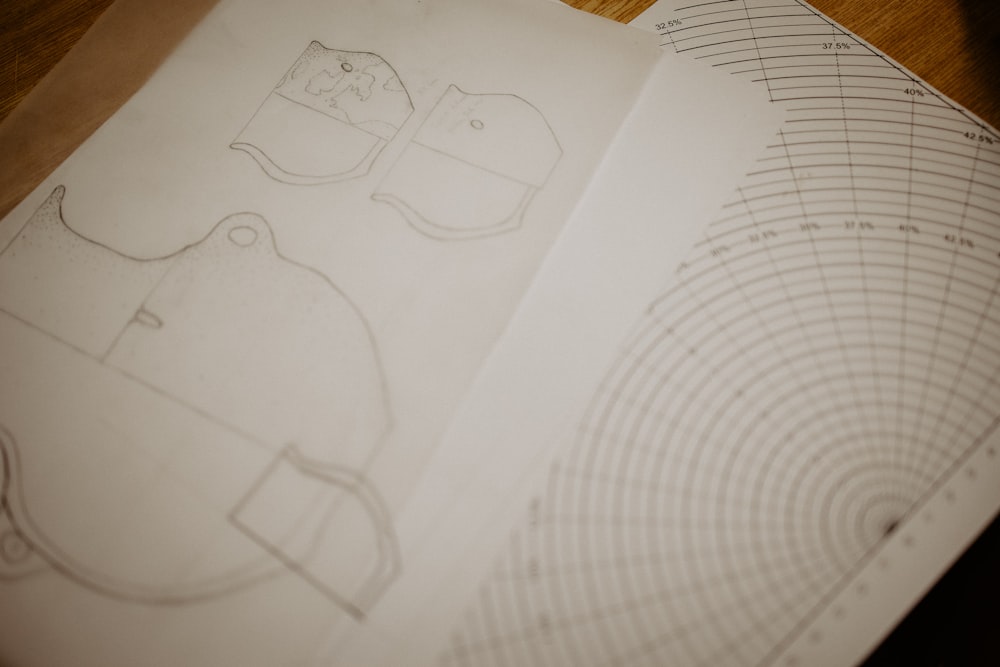Precision in Communication Legal Drafting Fundamentals
Mastering Legal Drafting: Precision in Practice
The Art and Science of Legal Drafting
Legal drafting is a multifaceted skill that combines the precision of science with the creativity of art. It involves crafting documents—such as contracts, pleadings, and briefs—that are clear, concise, and legally enforceable. Mastering the art and science of legal drafting requires a deep understanding of legal principles, meticulous attention to detail, and a knack for effective communication.
Essential Skills for Legal Drafting
Effective legal drafting demands a repertoire of essential skills. First and foremost is the ability to comprehend complex legal concepts and translate them into clear and comprehensible language. Legal drafters must also possess strong analytical skills to identify and address potential issues or ambiguities in the documents they create. Additionally, they must be adept at conducting legal research to ensure the accuracy and validity of their work.
Precision Writing: The Key to Clarity
Clarity is paramount in legal drafting. Documents must be written in a manner that leaves no room for interpretation or misunderstanding. Achieving clarity requires precision in language, structure, and formatting. Legal drafters must choose their words carefully, avoiding ambiguity and using terms with clear and unambiguous meanings. They must also organize the document in a logical and coherent manner, using headings, subheadings, and bullet points to enhance readability.
Crafting Persuasive Arguments
In addition to clarity, legal drafting often involves crafting persuasive arguments. Whether drafting a motion, brief, or legal memorandum, legal drafters must present their arguments in a compelling and persuasive manner. This requires not only a thorough understanding of the relevant law and facts but also an ability to anticipate and address potential counterarguments. Effective legal drafters use rhetorical devices, such as analogies, metaphors, and persuasive language, to sway the reader in their favor.
Navigating Legal Language
Legal drafting also requires proficiency in legal language—a specialized form of communication that can be daunting to those unfamiliar with it. Legal language is characterized by its precision, formality, and reliance on specialized terminology. Legal drafters must be fluent in this language, using it correctly and consistently throughout their documents. They must also be able to translate legal concepts into plain language for clients and other non-legal stakeholders.
Maximizing Impact through Structure
The structure of a legal document can greatly impact its effectiveness. Legal drafters must carefully consider the organization and layout of their documents to maximize their impact. This involves structuring the document in a logical and hierarchical manner, with clear headings and subheadings to guide the reader. It also involves using formatting techniques—such as bold text, italics, and underlining—to draw attention to key points and enhance readability.
Strategies for Success
Success in legal drafting requires more than just technical proficiency—it also demands strategic thinking. Legal drafters must approach each document with a clear understanding of its purpose, audience, and desired outcome. They must tailor their drafting strategy accordingly, choosing the appropriate tone, style, and level of detail to achieve their objectives. This may involve collaborating with colleagues or clients, seeking feedback, and revising drafts as needed to ensure their effectiveness.
Continuous Improvement
Like any skill, legal drafting requires continuous improvement and refinement. Legal drafters should strive to hone their skills through practice, feedback, and ongoing education. This may involve studying exemplary drafts, attending legal writing workshops, or seeking mentorship from more experienced practitioners. By investing in their professional development, legal drafters can enhance their effectiveness and excel in their craft.
Conclusion Read more about Legal drafting






